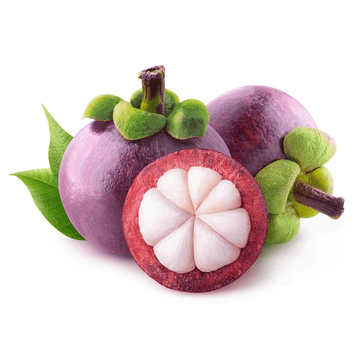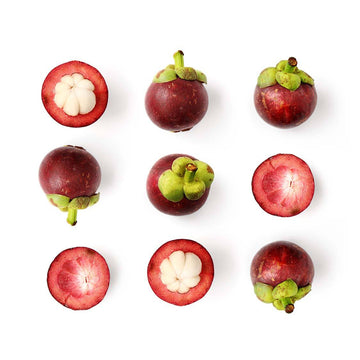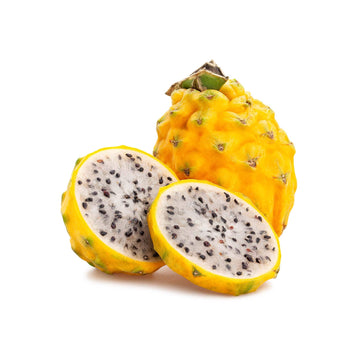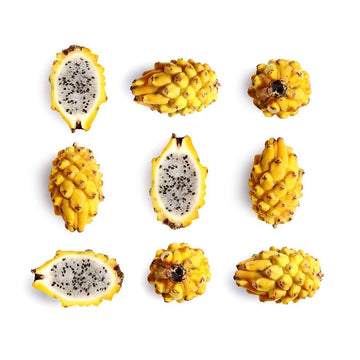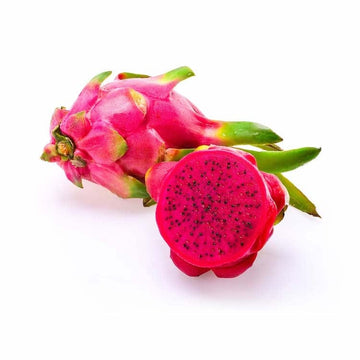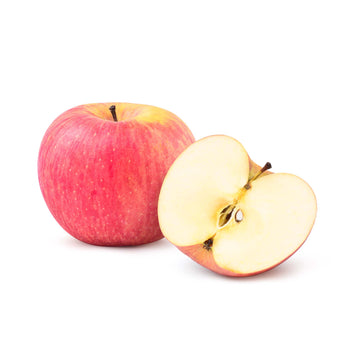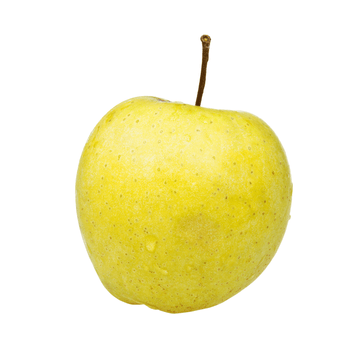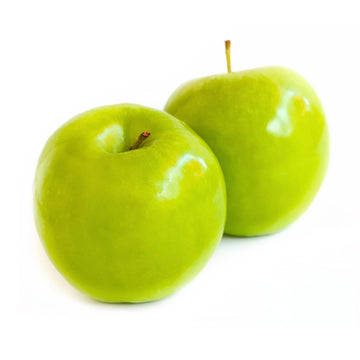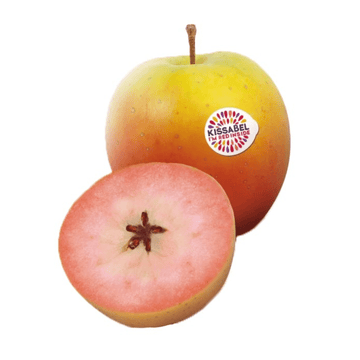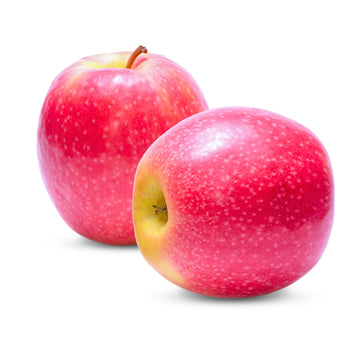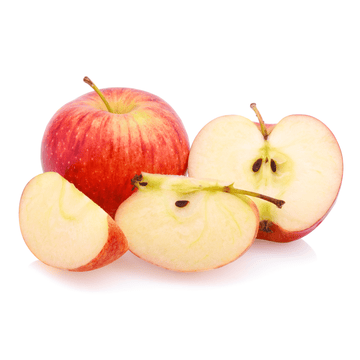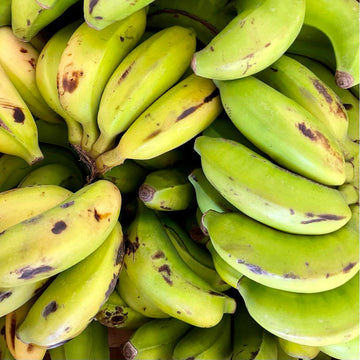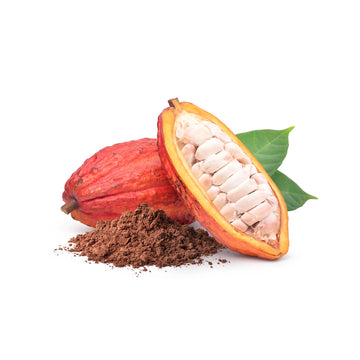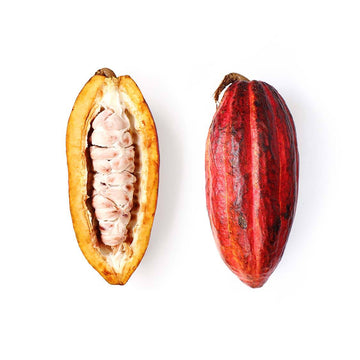Guinep
Subcribe to back in stock notification
Place of Origin - South America
Introduction
Guinep (Melicoccus bijugatus) is a fruit bearing tree native to tropics including South and Central America, and parts of the Caribbean. Guineps grow in bunches, which is, in turn, similar to lychees. They resemble olives because there is a large and reasonably hard seed in the centre of the guinep fruit.
History
Guinep is believed to be native in the areas of northern South America. It is also believed that it has been introduced into the Caribbean before the arrival of Columbus. The fruit has been properly studied and classified during the 18th and 19th century by different botanists and taxonomists.
Regions
Guinep is widely cultured in the areas of northern South America and Central America. It is also cultivated and naturalised widely throughout the tropics around the globe. It can be found as an ornamental tree in South Florida and Hawaii and it is also cultured in Gabon, Cameroon, and in several Pacific Islands.
Flavours & Texture
Guinep tastes like a cross between a sweet lime and a lychee but with the texture of powdery jelly. When ripe, the fruits have a bittersweet, wine-like flavour and have mild laxative properties.
Preparation
You can eat the guinep fruit raw by simply biting the fruit skin until you get to the pulp. Additionally, you can use it in jams, juices, or you can boil it in order to make a cold drink.
Nutritional Value
Guinep is very low in calories and doesn’t contain any fats, a fact which makes an ideal snack.
|
Calories per 100 g |
58 kcal |
|
Fat |
0 g |
|
Carbohydrate |
13 g |
|
Protein |
0 g |
|
Iron |
3 % of the RDI |
SHIPPING
Choose your desired delivery date at the checkout, available delivery dates will be displayed at checkout stage. All orders are dispatched on a 24hr Next Working Day service. If no date is selected your order will be dispatched at the next available date.
We offer Free Next Working Day Delivery on all orders over £75 including our selection boxes.
Our shipping rates are as follows:-
England - £6.95
Scotland - £11.95
Northern Ireland - Not currently available
Customers are responsible for being present at the shipping address provided on the date selected at checkout. Exotic Fruits are not responsible for any missed or attempted deliveries that must be rearranged by the customer.
All orders are packed in cardboard boxes with a biodegradable packing pellets, straw, or hay to protect the fruit during transit.
RETURNS
Let's start by stating the obvious. Since our produce is perishable we cannot accept returns.
That said, we want every customer to be happy so we do offer vouchers, refunds and replacements at our sole discretion if your fruit has arrived inedible. If you would like to report an item which has become damaged or perished during transit, please:- We are not responsible for products that spoil if there is not someone to receive your delivery on the date that you request it, full tracking is provided and can be requested anytime after dispatch.

